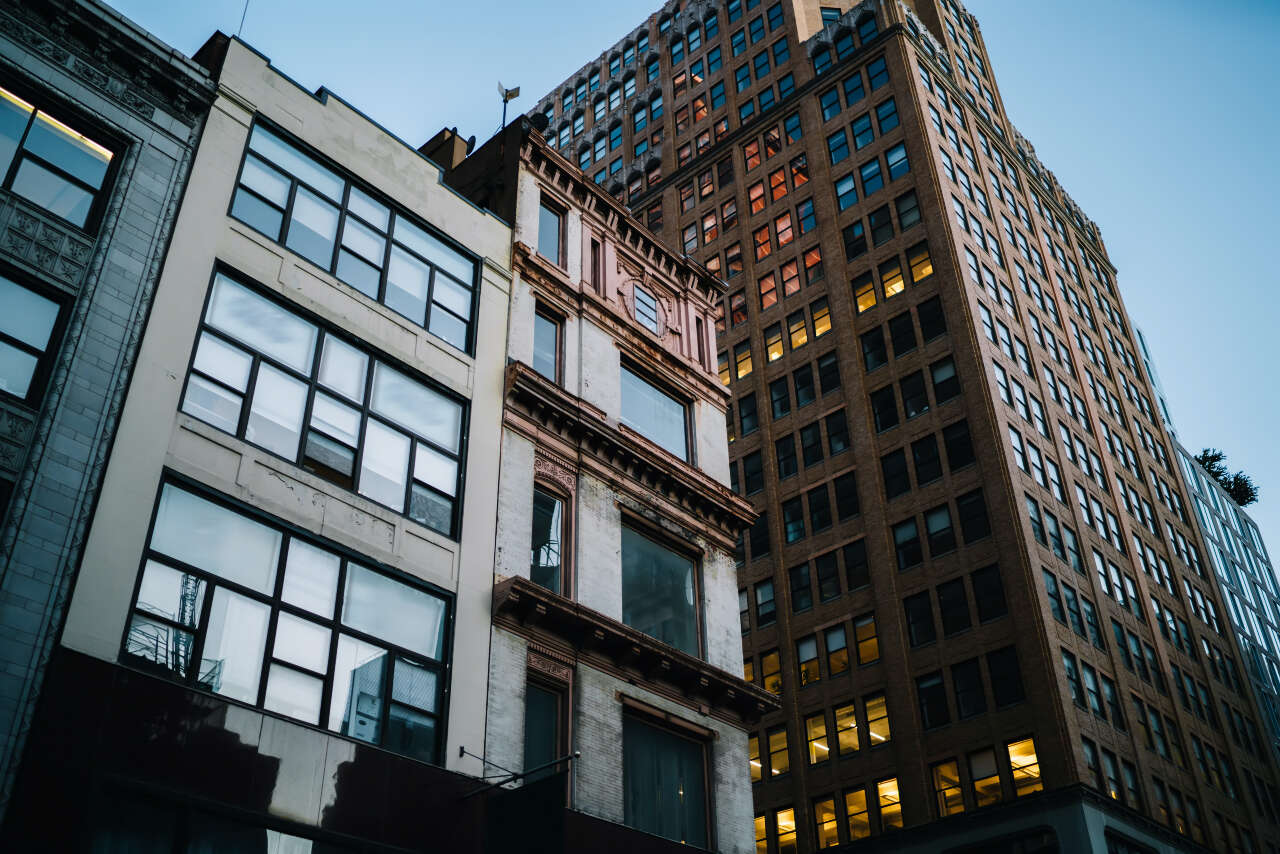

For a while, New York City became an epicentre for the pandemic and has been hit hard as a result. Democratic Governor Andrew Cuomo was first praised for his response before later allegations arose about his conduct in office and, most recently, according to the WSJ, questions have arisen as to whether a top adviser linked access to Covid-19 vaccines to support for the governor. Despite ongoing controversy, capacity restrictions are being rolled back on larger venues and the city is beginning to open up further. But what does this mean for commercial real estate?
Bert Rosenblatt of Vicus Partners provided answers to City Monitor to assess the current state of play.
Is the NYC commercial real estate market still in a downturn?
The short answer is yes. We have a vacancy rate of 16.1% – the highest it’s been in 25 years – and over 20 million square feet are available on the sublease market. NYC has had seven straight quarters of negative growth. According to the Commercial Observer, Q1 2021 showed a 161% increase in tenants touring space versus Q4 2020. The quote-unquote “sexy subleases” are starting to get snatched up. The best deals may only be available now and in the next couple of months.
Is everyone planning on being back in the office by 1 September?
By September, the big New York Landlords project that occupancy rates in buildings will be around 80% of typical levels – right now, occupancy in NYC is around 20%. Of course, anyone can predict anything, but we’re boots on the ground living this uptick in activity. Decision makers are looking to leverage the Covid-19 market to lock in favourable rent spends, in some cases looking to find better and bolder office space to entice employees back to an improved office experience, and looking beyond the pandemic to offer new, hybrid working models.
Tom Acitelli with the Commercial Observer wrote: “the bounce in demand was to be expected. A relatively brisk vaccine roll-out, coupled with a slew of decisions by major companies about their return to work plans, has cleared what was once a remarkably murky picture of the conventional office’s future. It now looks like it’s far from dead, though it’s probably irrevocably changed.”
Many of our clients across different industries are adopting the hybrid working model, with plans to roll out return plans in the coming months. Several have summer plans, while others are looking to return after Labor Day. Some companies, especially those who took large footprints pre-pandemic, need less space now and are subleasing their space; hence, the 20 million square feet of sublease space on the market. Some are expanding to accommodate socially distanced returns to the office. Either way, a high vacancy rate means there is likely the right office space to accommodate whatever you want waiting and available for the taking.
If I’m looking to leverage the market right now, what is the best opportunity?
The 20 million square feet of sublease space is the best value on the market right now – and that’s where activity is heating up the fastest. Strategic and opportunistic companies are looking at these subleases – which in many cases are brand new, beautifully designed space with all the fixings: strong natural light, modern aesthetic and design, and outdoor space, to name a few of the perks – paired with a pandemic price and moving quickly to take it before someone else does. In the past three weeks, we’ve been losing sublease space opportunities between the time we tour the space and the time we submit offers, so if you’re someone looking to take advantage of a sublease space there’s new urgency to move quickly.
But what about all these headlines about people leaving the city?
Don’t bet against NYC. People aren’t leaving the city in the significant numbers you may think based on headlines. With the average residential rent down ~12% in New York City, January 2021 saw the best rental month in ten years, meaning the workforce talent NYC companies rely on is here to stay and in many cases, ready to head back to their offices – just with a bit more flexibility.






